If a report from the International Institute of Sustainable Development is anything to go by, then tea is the second most consumed beverage in the world, after water. And that says a lot about tea and its ever increasing fan base. While there are a variety of teas available all across the globe, green tea is perhaps one of the most popular ones known for its numerous health benefits. Now, if you’re a tea connoisseur, particularly of green tea, you will know that matcha green tea is the highest quality green tea out there and perhaps the most potent of them all.
However, there are certain things you need to consider before selecting ‘the right one’. Yes, ‘the right one’ is a concept you must pay heed to before purchasing a green tea of your choice. After all there are a hundred different varieties of green tea available in the market and narrowing it down to just one is quite a cumbersome task. So, here we are with a list of things you need to take into account before selecting a green tea of your choice. However, before we start with that, let’s take a look at what are green tea and matcha green tea, shall we?
What Are Green Tea and Matcha Green Tea?
Green Tea:
A type of tea that is made from unoxidised Camellia sinensis leaves and buds, green tea is one of the healthiest beverages you can have. That’s because it is one of the least processed types of tea out there. It is known to contain the most amount of antioxidants and beneficial polyphenols that fight oxidative stress and reduce damages done by free radical activity in the body. Green tea benefits are aplenty. It helps improve metabolism, lose weight, regulate sugar levels, improve digestion, suppress appetite, and manage cholesterol, among other things.
Matcha Green Tea:
Matcha is a type of green tea, which is also obtained from the Camellia sinensis plant. However, it’s even more nutritious than the regular green tea you have and the reason can be attributed to the way it’s grown. This form of tea is grown with its tea plants covered 20-30 days before they are harvested to protect them from direct exposure to the sunlight. The plants are protected due to the ‘shade’ that’s created, which triggers chlorophyll production and enhances the amino acid content, giving the leaves a dark green hue. All this makes matcha more nutritious and healthier than the typical green tea. Once the leaves are harvested, the stems are removed and the leaves are ground to a fine powdered form, popularly known as matcha powder, which is then used to make teas, lattes, smoothies, desserts, and the like.
What Should You Keep In Mind Before Selecting A Green Tea?
There are a few pointers that one needs to check before selecting a green tea. They are as follows:
Variety:
Check the variety of green tea before purchasing. If you prefer a more potent form of this beverage, you should go for matcha green tea. It is way more healthy than the regular green tea we drink. It is packed with a more concentrated and powerful antioxidants and plant compounds that helps reduce inflammation in the body, fight free radical activity and reduces the risk of chronic diseases.
Flavour:
Flavour is an important component of green tea. You must be able to get the whiff of the grassy, fruity and burgeoning flavour of an excellent quality of green tea right after the green tea leaves start brewing in hot water. Ensure that you choose a tea that’s not bitter or boring. There are a lot of different flavours that are naturally present within the tea leaves, right from the grassy to fruity notes.The stronger the fragrance, the more potent the flavour is likely to be. There are also many artificial flavours that are added to the green teas by some brands, so better watch out for those. Also, ensure that the flavour of the green tea doesn’t get lost immediately. A good green tea can be infused 2–3 times without losing taste.
Caffeine content:
Yes, green teas can also contain caffeine. So check out the label before you purchase a pack. Go in for the decaffeinated one. This way you can enjoy the green tea benefits without the effects of caffeine. Now isn’t this truly a healthier alternative to your endless cups of coffee?
Colour:
Yes, the colour of your green tea matters. Go in for green teas that have an intense green colour. If the colour of the leaves is an intense light green one, then it’s a type of chinese tea, whereas if it has a deep green coloured-hue, it’s a Japanese variant. Both of them are good but the darker the leaves, the more potent they tend to be in flavour and concentration. These teas also have an authentic flavour. If you go in for the ones that are greenish-grey in colour, they will have a bitter taste, which many may find unpalatable. On the contrary, if the leaves are yellowish in colour, you know the potency of the tea leaves is not up to the mark. So, the greener the tea, the better it is.
Whole leaves:
Go in for teas with whole leaves and not the ones that are not broken too much. Also, the size matters- go in for leaves that are smaller as that means they have been plucked earlier, which means they are more potent and fresh. Avoid going in for the flavoured ones, as that won’t give you the authentic green tea flavour and if you’re a green tea connoisseur, we know you prefer that.
Origin:
Before purchasing your pack of green tea, also note the origin of it as most shopkeepers like to store teas that are cheaper and more convenient to store for a long period of time. The most prominent and noteworthy places of origin of good quality green teas are China, Japan, Korea, Thailand, and Vietnam, to name a few.
The New Green Tea On The Block- Wellbeing Nutrition’s Japanese Ceremonial Matcha Green Tea
Well, if you’re tired with the usual brands of green tea and matcha green tea, we have a new one for you and we have a feeling you’ll really love it. It’s convenient to consume, good to taste, and not at all cumbersome to make. It is also 10 times more powerful than your regular green tea and has 137 times more antioxidants and 3x more Epigallocatechin gallate (EGCG) polyphenols. Well, we are talking about Wellbeing Nutrition’s Japanese Ceremonial Matcha Green Tea that comes in the form of effervescent tablets.
Yes, now say bye-bye to matcha tea in the form of messy powder or tea bags and say yes to the tea in the form of water soluble tablets. It’s simple- all you require to do is drop a tablet in a glass of cold water and you’re good to go! Sourced fresh from Shizuoka, Japan, these tablets consist of the best of organically grown Tencha green tea leaves, which have been stone ground to perfection. It helps boost metabolism, improve digestion and cardiovascular health, support cognitive function, among other things. These tablets are:
- Portable and easy to carry around
- Delicious to taste
- Is rich in antioxidants (10x more than regular green tea)
- Has rich umami and mint flavour
- Makes for a healthy and refreshing matcha green tea drink
- More potent and effective than regular green tea
- Contains no caffeine, colourants, preservatives, sugar, gluten, soy or any other allergens. It contains low sodium.
- Contains L-theanine that provides a stable and extended boost of energy without any anxious jitters or side effects.
So what are you waiting for? Go ahead and get yourself a pack of Wellbeing Nutrition’s Japanese Ceremonial Matcha Green Tea.
References:
Global Market Report: Tea, Sustainable Commodities Marketplace Series 2019, International Institute for Sustainable Development (https://www.iisd.org/system/files/publications/ssi-global-market-report-tea.pdf)
Chacko SM, Thambi PT, Kuttan R, Nishigaki I. Beneficial effects of green tea: a literature review. Chin Med. 2010;5:13. Published 2010 Apr 6. doi:10.1186/1749-8546-5-13. (https://www.ncbi.nlm.nih.gov/pmc/articles/PMC2855614/)
Kochman J, Jakubczyk K, Antoniewicz J, Mruk H, Janda K. Health Benefits and Chemical Composition of Matcha Green Tea: A Review. Molecules. 2020;26(1):85. Published 2020 Dec 27. doi:10.3390/molecules26010085. (https://www.ncbi.nlm.nih.gov/pmc/articles/PMC7796401/)
Prasanth, Mani Iyer et al. “A Review of the Role of Green Tea (Camellia sinensis) in Antiphotoaging, Stress Resistance, Neuroprotection, and Autophagy.” Nutrients vol. 11,2 474. 23 Feb. 2019, doi:10.3390/nu11020474. (https://www.ncbi.nlm.nih.gov/pmc/articles/PMC6412948/)
Prawira-Atmaja, M Iqbal, AU - Shabri, AU - Khomaini, H, Maulana, Hilman
Harianto, Rohdiana, Dadan, 2018/03/01, SP - 012010, T1 - Changes in chlorophyll and polyphenols content in Camellia sinensis var. sinensis at different stage of leaf maturity, DO - 10.1088/1755-1315/131/1/012010
JO - IOP Conference Series: Earth and Environmental Science, (https://bit.ly/3aZrbcU)
Christina Dietz, Matthijs Dekker, Betina Piqueras-Fiszman, An intervention study on the effect of matcha tea, in drink and snack bar formats, on mood and cognitive performance, Food Research International, Volume 99, Part 1, 2017,
Pages 72-83, ISSN 0963-9969, https://doi.org/10.1016/j.foodres.2017.05.002.
(https://www.sciencedirect.com/science/article/pii/S0963996917301941)












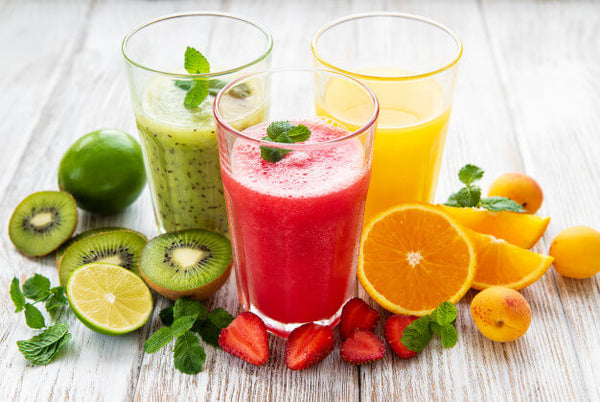



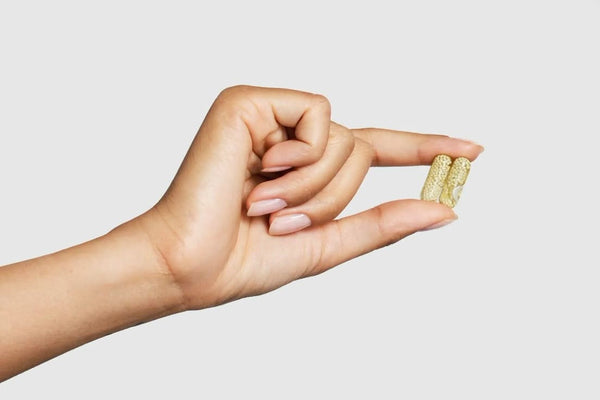
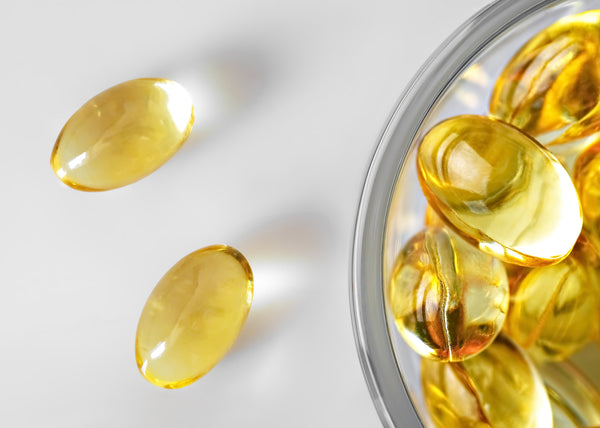
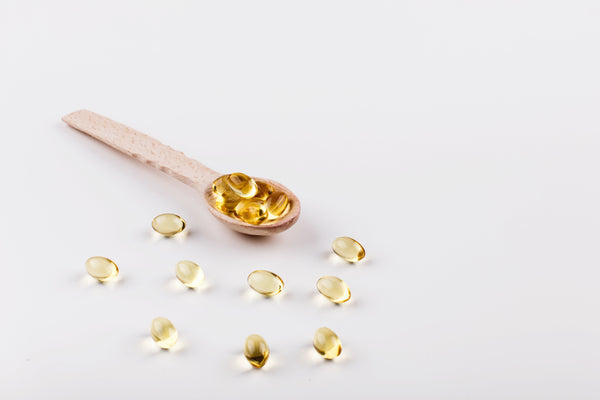
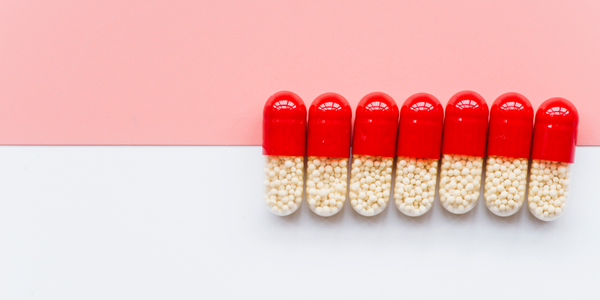







 DOWNLOAD NOW
DOWNLOAD NOW
